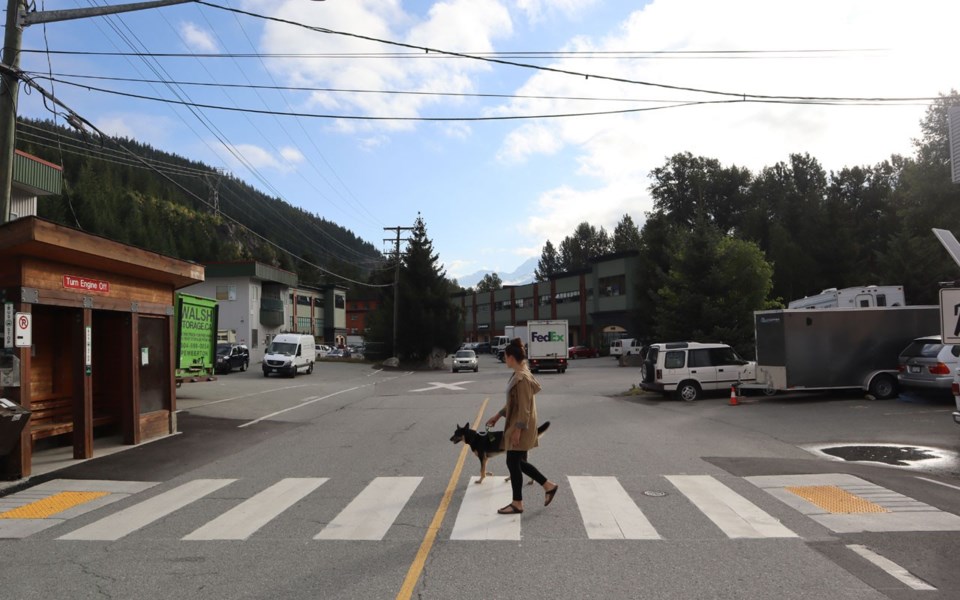Whistler's new Animal Responsibility Bylaw was officially adopted by council on Sept. 17, though questions from the community led to some clarifications before the vote.
The bylaw was first tabled at the Sept. 3 meeting, and includes a host of new fines, including for chasing, threatening or biting ($250); leaving a dog in a hot car ($200) or tied unattended on public property ($100); failure to control a dog in an off-leash area ($75); failure to provide food and water, vet care, or protection from the heat or cold ($150); causing or permitting animal suffering ($250); and causing or permitting animal fighting ($400). (See "Animal Responsibility Bylaw gets first readings," Pique, Sept. 9.)
The main queries were around the bylaw's "tethering" restriction, the requirement to keep dogs on-leash, and whether an update was really needed in the first place.
The bylaw is "very, very similar" to what was in place before, said bylaw supervisor Lindsay Debou.
"We are making the wording more specific, but the current bylaw has always said that an animal must be under the immediate care and control of its owners," Debou said, noting that Whistler has had a leash law since the '80s, and the tethering restriction refers only to public property (so it wouldn't apply to places like the dog hitching post at Nesters, for example).
As for why it's necessary, the bylaw department has had 70 reported dog bites since 2015, Debou said.
"Most of the ones that get reported to us, a majority of those [would have needed] medical attention, and a lot of those are from children patting dogs that are left unattended," she said.
"It doesn't give the owner of the pet an opportunity to control that interaction."
The leash laws are intended to minimize interactions with wildlife, though Debou said enforcement will mainly be in public areas.
"You're going to see bylaw officers in the parks, on the Valley Trail, on the Village Stroll, because we're primarily concerned about our public safety," she said.
Councillor John Grills recently attended a pub association meeting where "the bylaw superintendent did a very good job explaining what the intent of this is—it's a tool for the bylaw officers, to be used when needed," he said, adding that it's a health and welfare issue.
"It's looking at both the safety of the public on public property, and it's also looking at the safety of the animals," he said.
"I think I would support this as is, and in a year from now, if there's dramatic issues with this bylaw, then I'm sure they'll come back and speak to us about it."




